|
With just one more week to go, students are working hard and getting things done! Their animal writing is coming along. Please return library books before the due date.
Here is a summary of what happened in our classroom: In Language Arts...
In Science...
Announcements and Reminders
0 Comments
Kapolei Middle School Band and Choir sure put us in the Holiday spirit with a stellar performance this week. We also learned about some of the instruments (up close and personal) and the ensemble of the band. The children were very interested. Not to mention our very own Gyonna Smith got to conduct a song with the band. Who knows.. we might have some band champs in our future! Here is a summary of what happened in our classroom: In Langauge Arts...
In math...
In science...
Announcements and Reminders...
With a heavy heart we bid farewell to Mr. E, our Chaminade O & P student (student teacher) who was with us twice a week since September. We will miss having him in our classroom to assist in our learning. We wish him all the best as he continues the next chapter in his journey to becoming a teacher!
Here is a summary of what happened in our classroom:
In Langauge Arts... Last week...
This week...
In math...
In Science...
REMINDERS AND ANNOUCEMENTS
Students had another exciting week participating in our Halloween Parade with our 1st grade buddy class and enjoyed coming dressed up to school in costume. Please check out the photo page. CANDY CANDY OH MY! I know with Halloween just ending, you have a lot of candy around the house. Please reframe from sending candy with your child as a snack. Let's encourage healthy choices! We also want students to maintain their focus during instructional hours and candy will not help. Please adhere to our Ho`okele Wellness Policy. Here is a summary of what happened in our classroom: In Langauge Arts...
In math...
REMINDERS AND ANNOUCEMENTS
This week, pumpkin faces filled our halls dressed as some of our all-time favorite characters as well as some brand new ones too! It was amazing to see such variety and creativity. (The photo of all the pumpkins on display accidentally got deleted from my phone)...but believe me when I say...I could not believe my eyes! The children should be so proud. In Language Arts...
In math...
In Science...
REMINDERS AND ANNOUCEMENTS
With Halloween around the corner and so much excitement in the air , it's been a very interesting week. For many children it can be a little hard to come back to school after a break, but it was a fun-filled week and we were able to get right back into our routines like we never missed a beat! Students reflected on their learning from 1st quarter and put together their evidence binders and are working on their online portfolios. Here is a summary of what happened in our classroom: In Langauge Arts...
In math...
In Social Studies...
Ecsedy's Stranger Danger ComicREMINDERS AND ANNOUCEMENTS
Our Parent-Involvement Activity was a huge success. The children sure had a lot of fun playing "Counting-on" and "Make Ten" math games. I hope you'll continue to play these games at home to reinforce the strategies. I really appreciate the positive and the honest feedback. Your concerns and suggestions will help us to improve in the future.
Here is a summary of what happened in our classroom: In Langauge Arts...
Circle Map (brainstorm)
Tree Map (Classifying)
Draft #1
Draft #2
Circle Map (brainstorm)
Tree Map (Classifying)
Draft #1
In math...
In Social Studies...
REMINDERS AND ANNOUCEMENTS
As a busy 1st quarter is soon coming to an end, Spirit Week sure helped to boost our spirits and give us that little extra zest in our days this week. I loved seeing all the different festive attire this week!!! Here is a summary of what happened in our classroom: In Langauge Arts...
In Math...
In Social Studies...
REMINDERS AND ANNOUCEMENTS
Students are really enjoying our read aloud story The War with Grandpa by Robert Kimmel Smith. This story is about a boy named Peter Stokes who has to give up his most prized possession...his room, when Grandpa comes to live with them. Peter loves his Grandpa but he wants his room back. With the advice from his friends, will Peter used Gorilla Warfare on his own Grandpa? Will Grandpa ever surrender? The children are enjoying this humorous, witty, and very suspenseful story!!! In language arts...
In math...
Announcements & Reminders
This week we welcomed Mr. E, our student teacher, to our classroom. He will be joining us on Thursdays. To build our TRIBE, we had a community circle activity in which the children got to introduce themselves to Mr. E and share their favorite thing about school. Mr. E also shared about himself as well. The children are so excited for next Thursday! In language arts... After reading Author: A True Story by Helen Lester, we talked about what good writing looks like. Every student got to jut down their own idea on a sentence strip. Later we sorted these sentence strips based on similarities and developed four categories into a tree map. The categories we came up with were as follows:
In math...
In Social Studies...
REMINDERS AND ANNOUCEMENTS
|
Proudly powered by Weebly
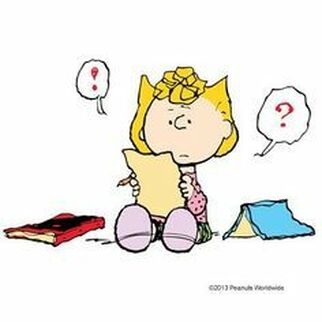
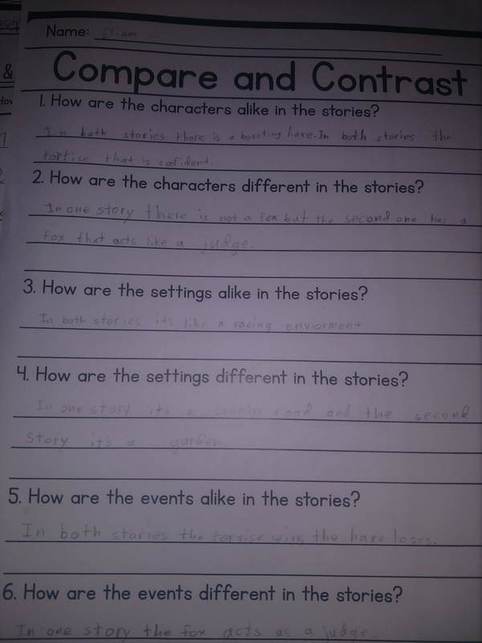
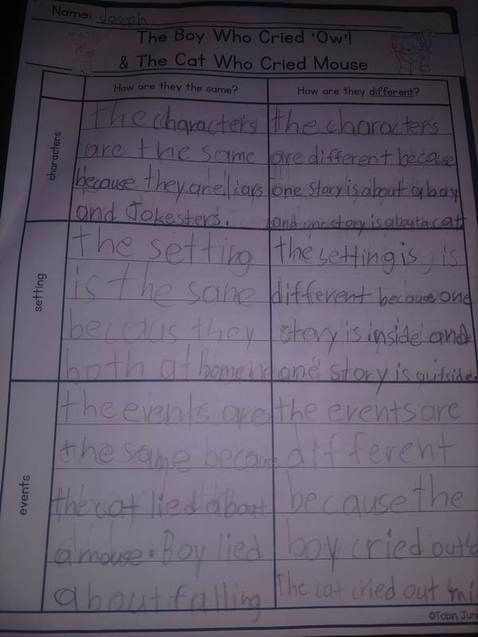
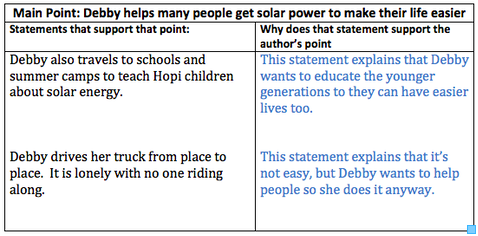
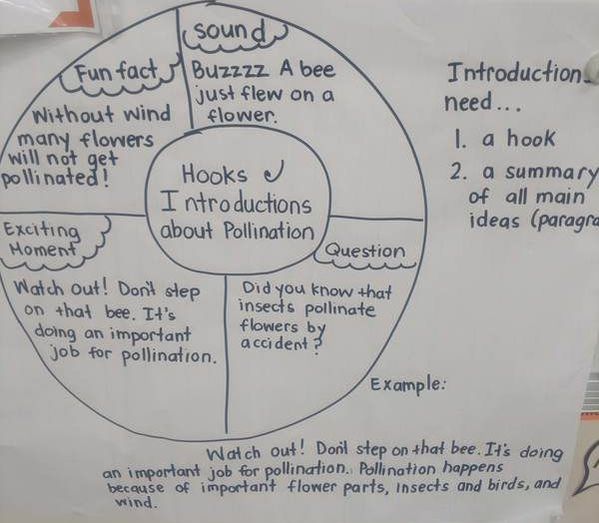
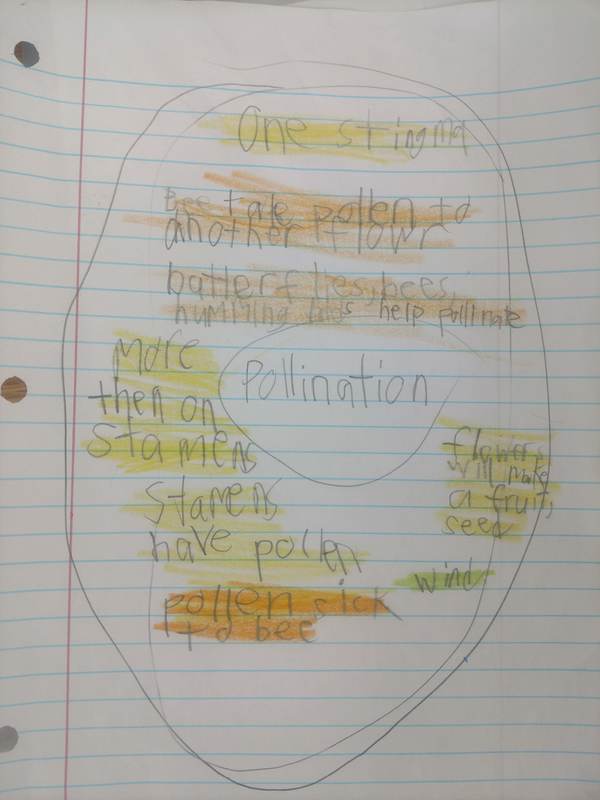
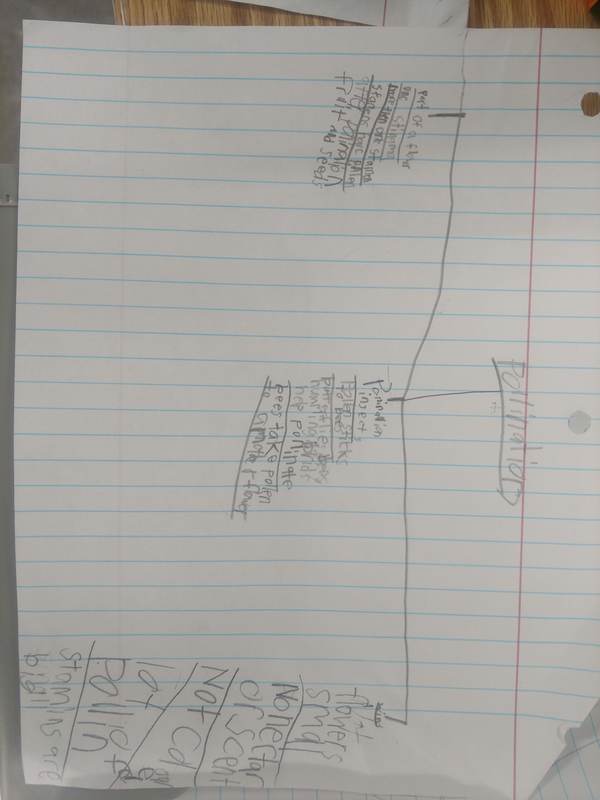
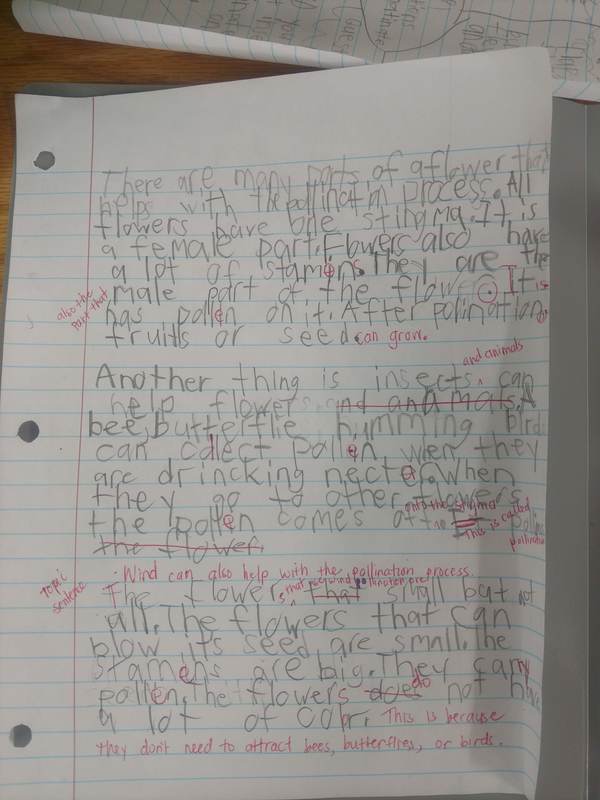
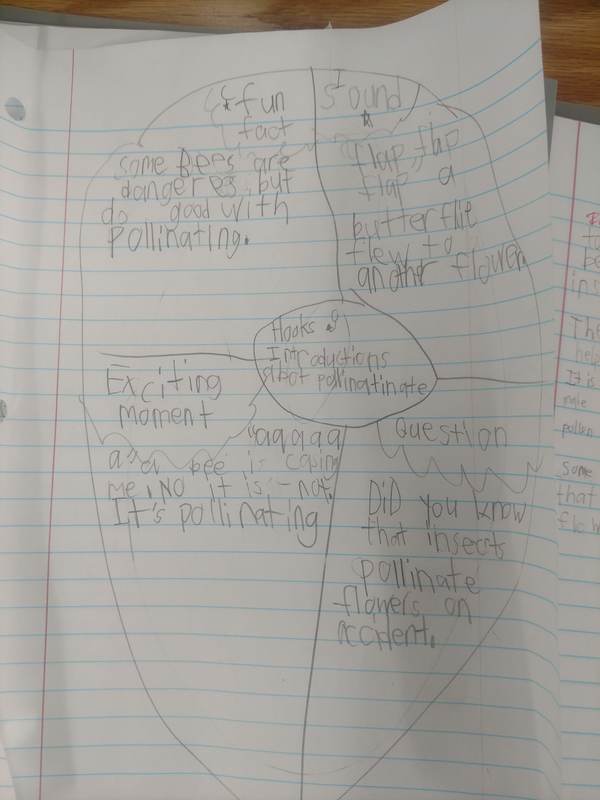
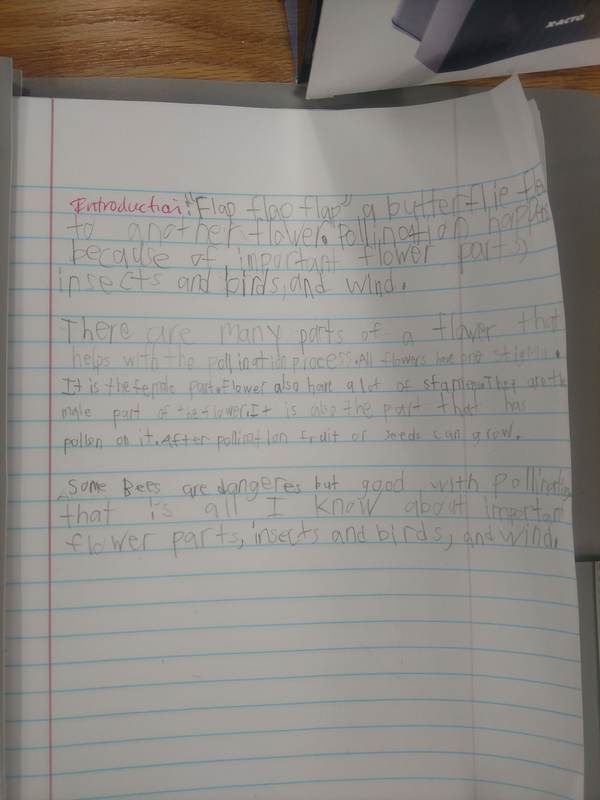
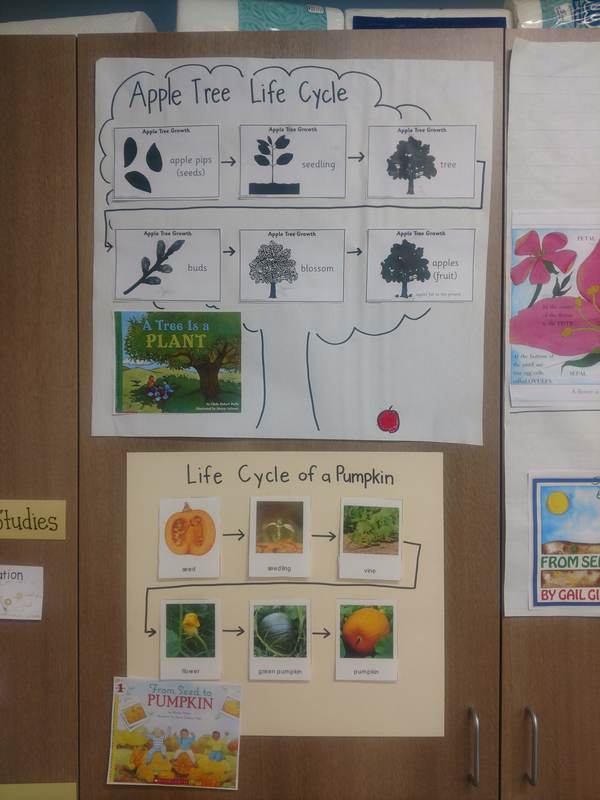
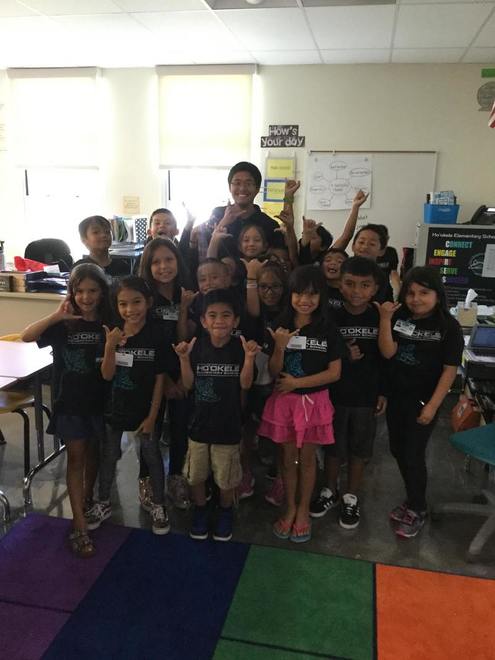
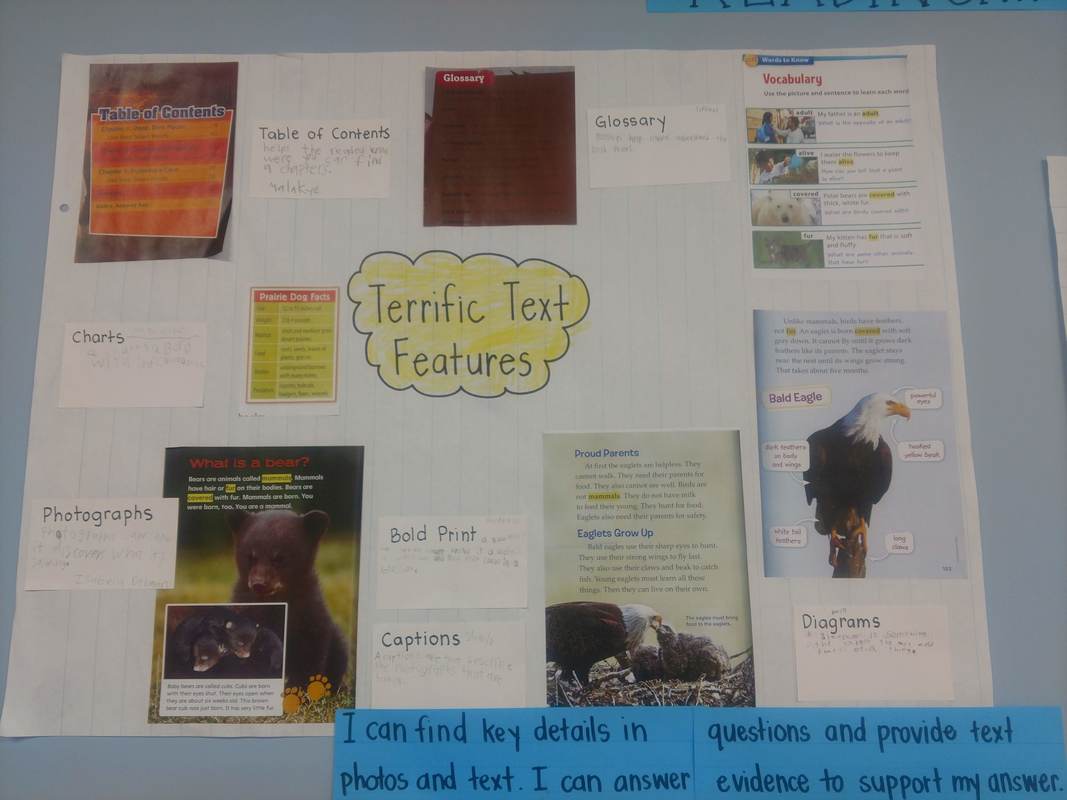
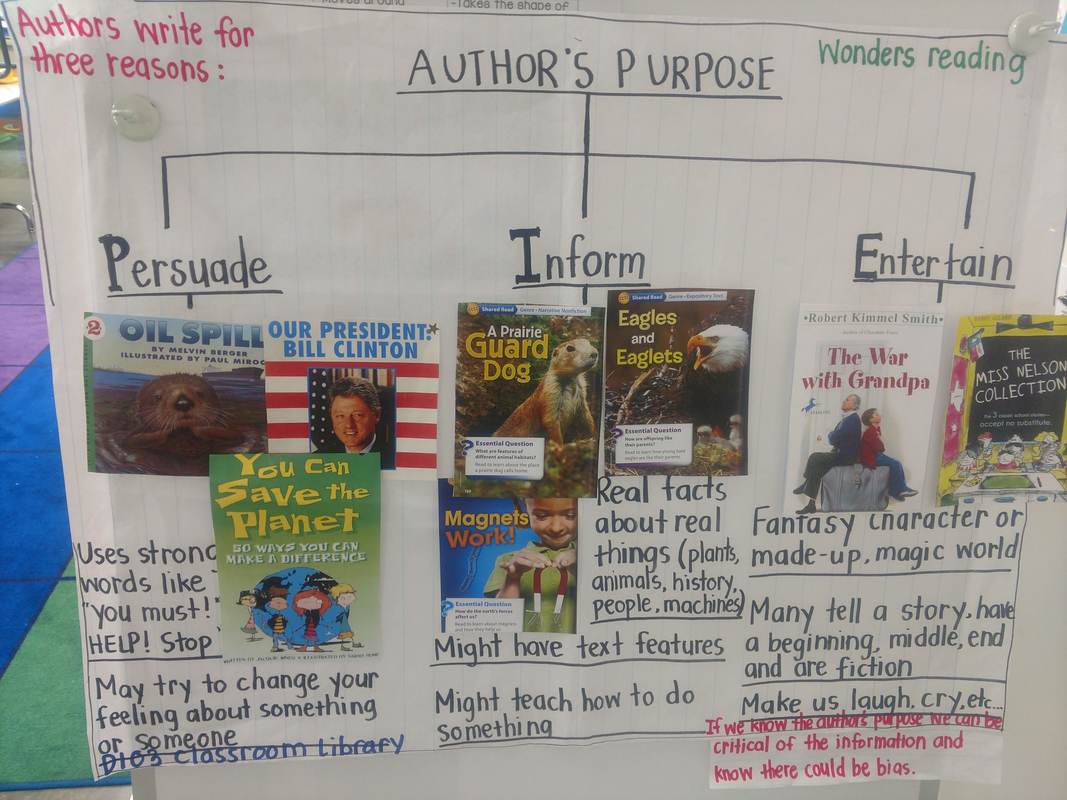
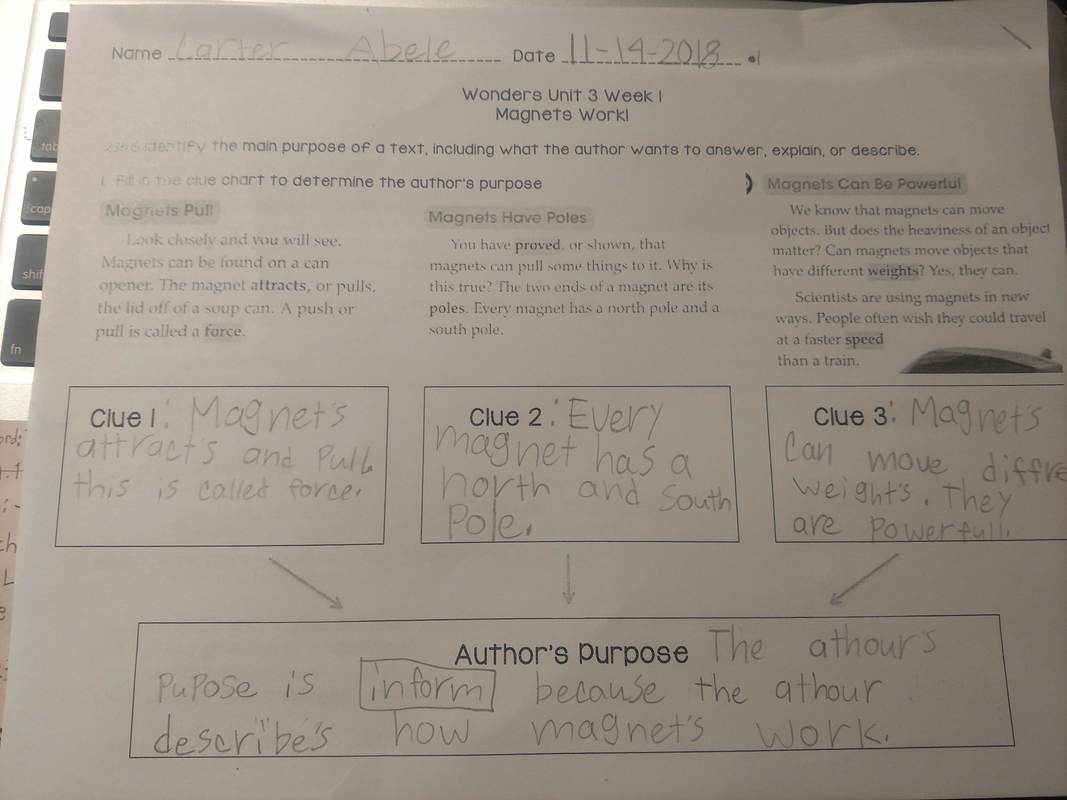
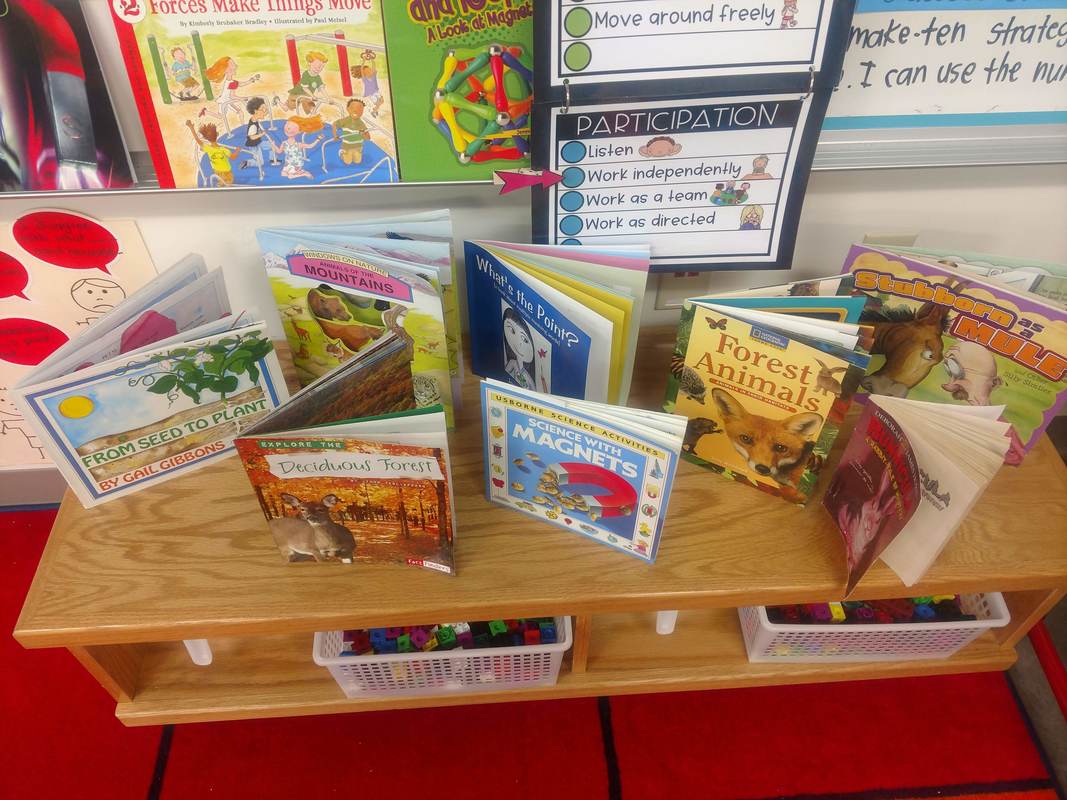
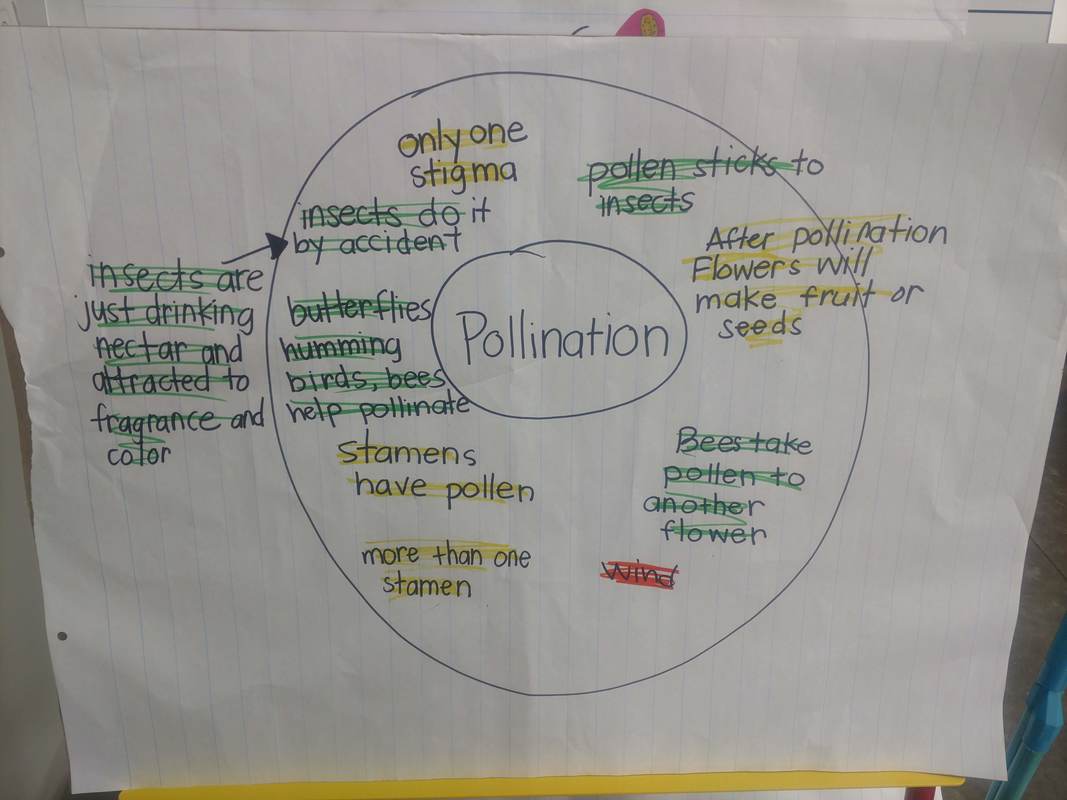
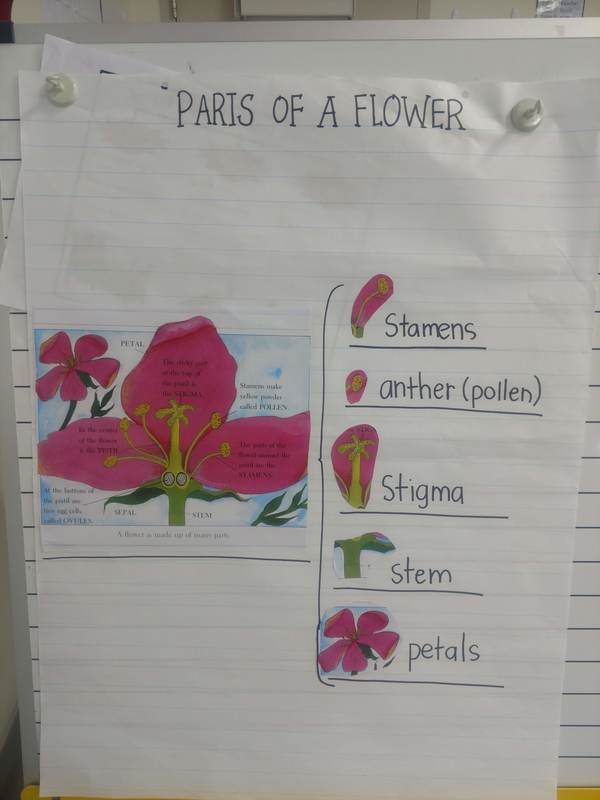
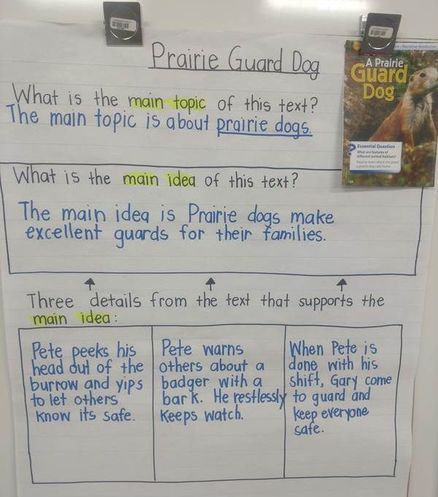
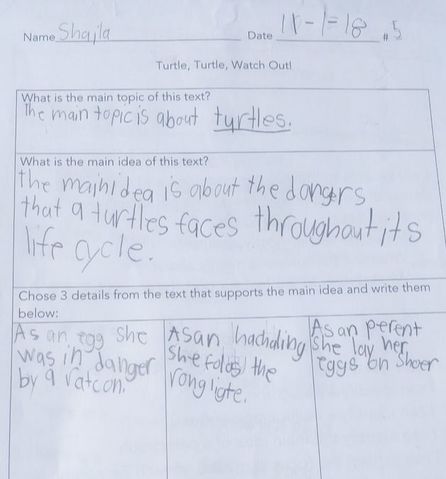
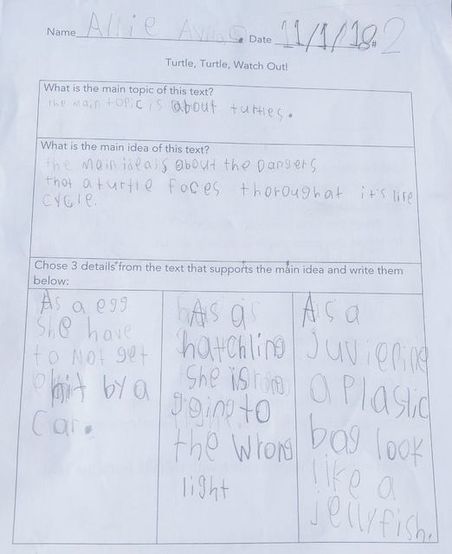
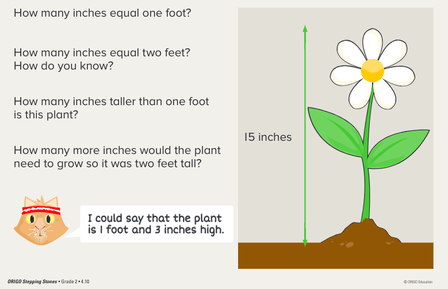
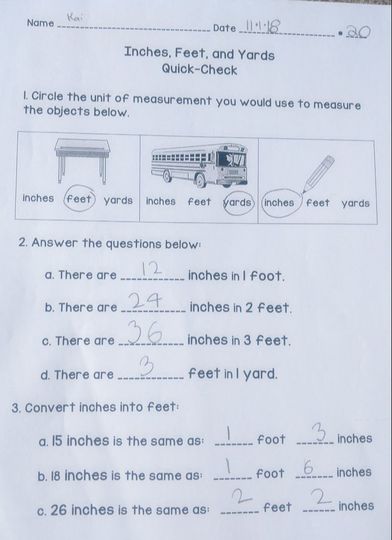
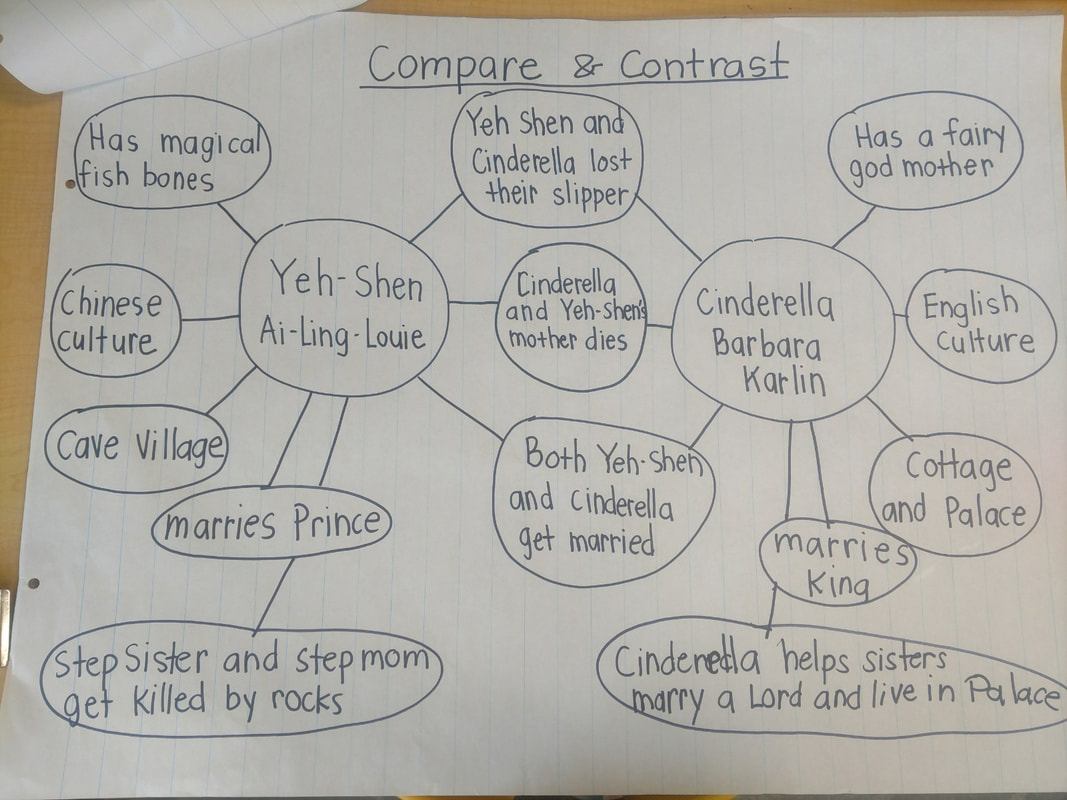
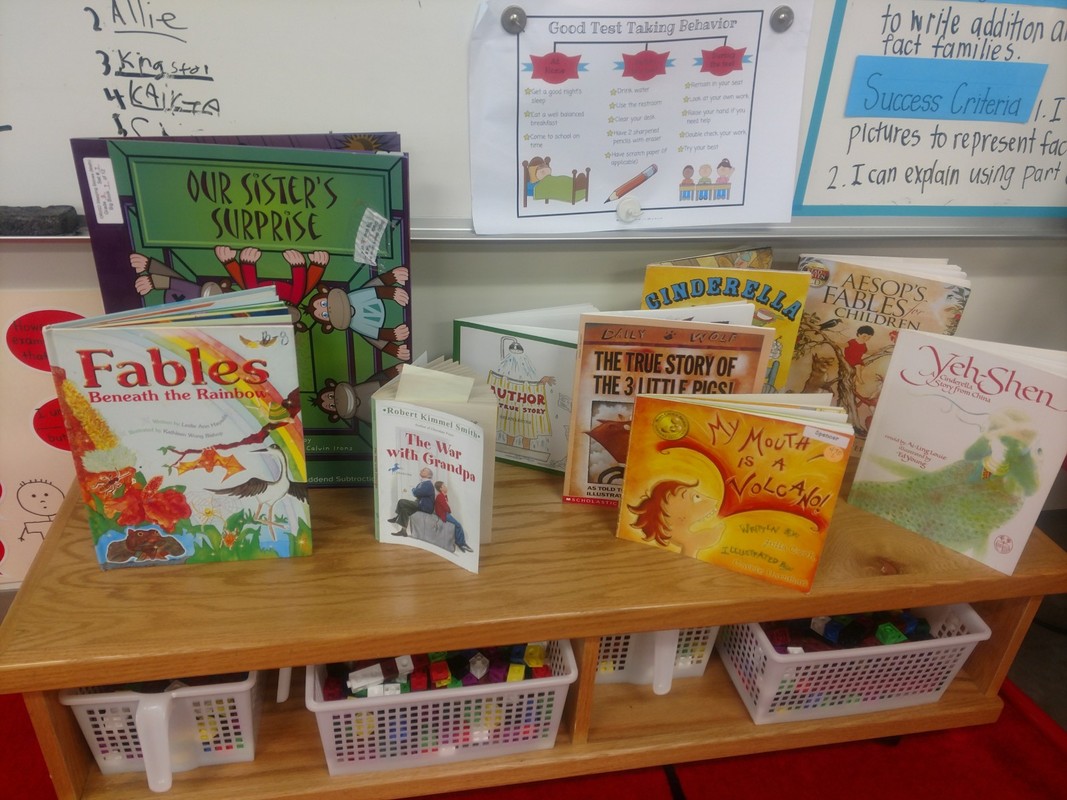
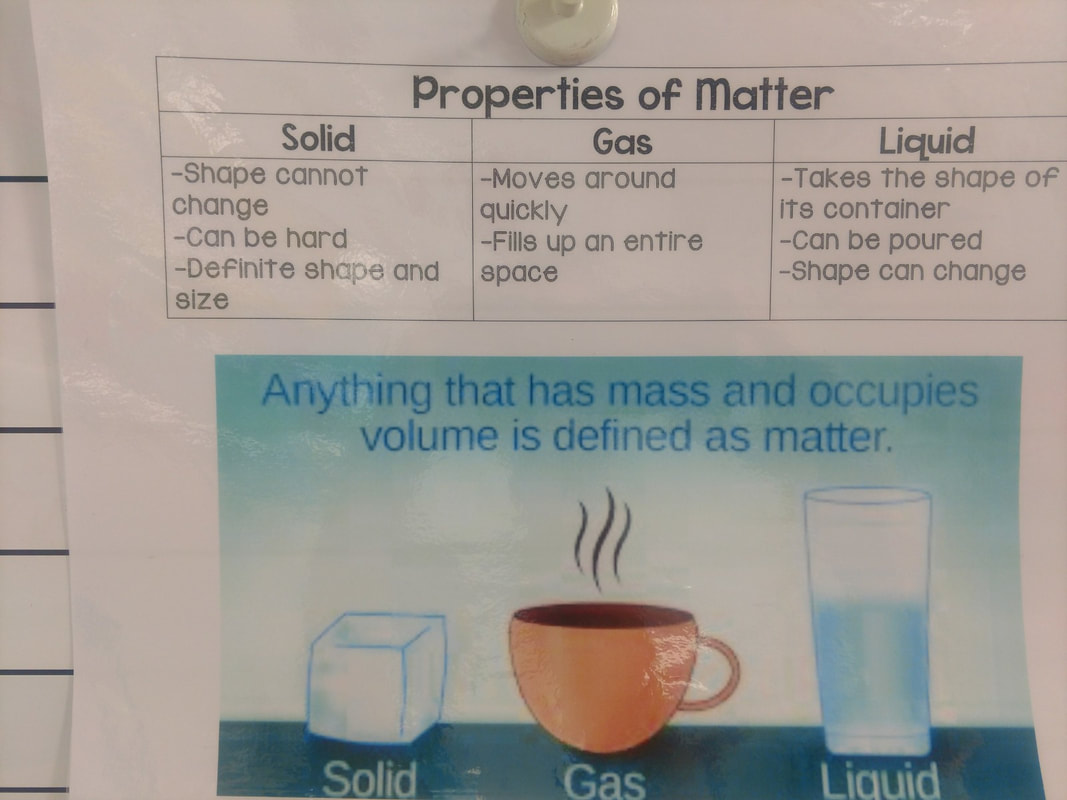
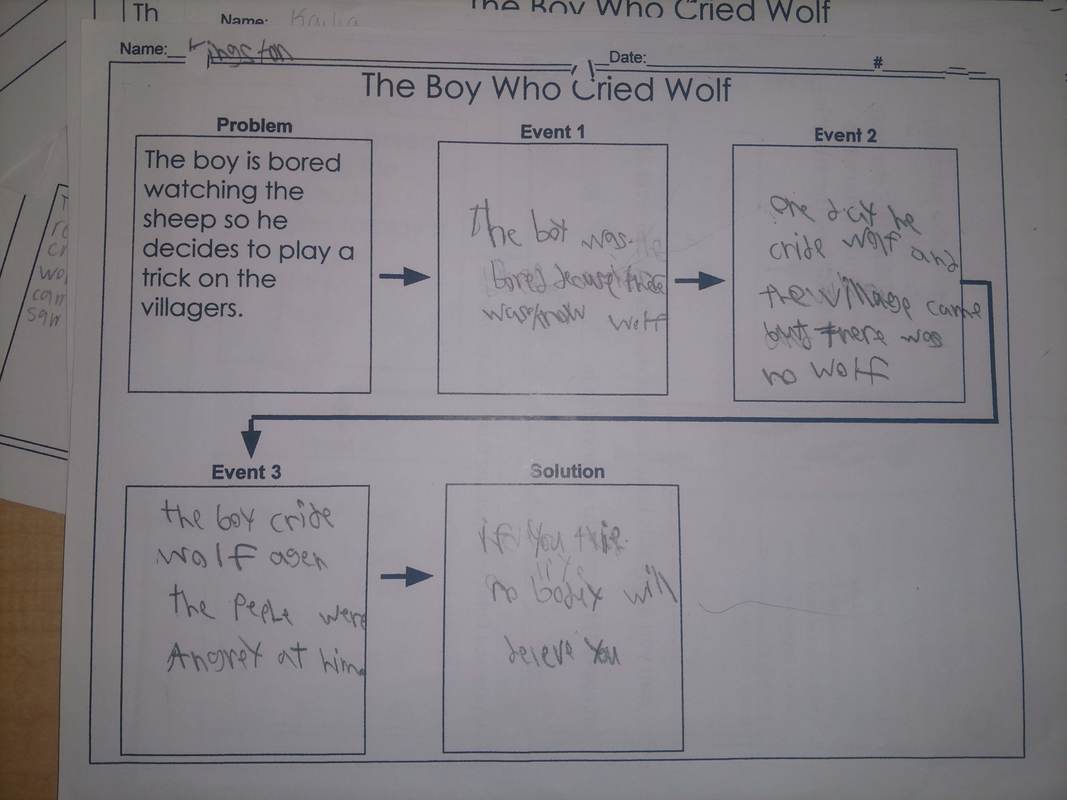
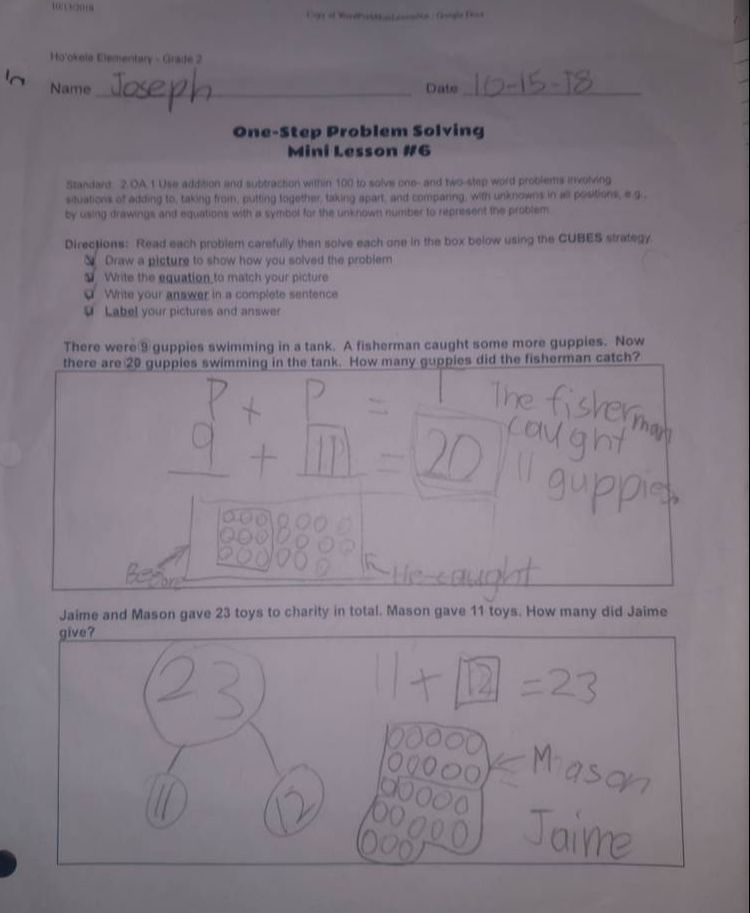
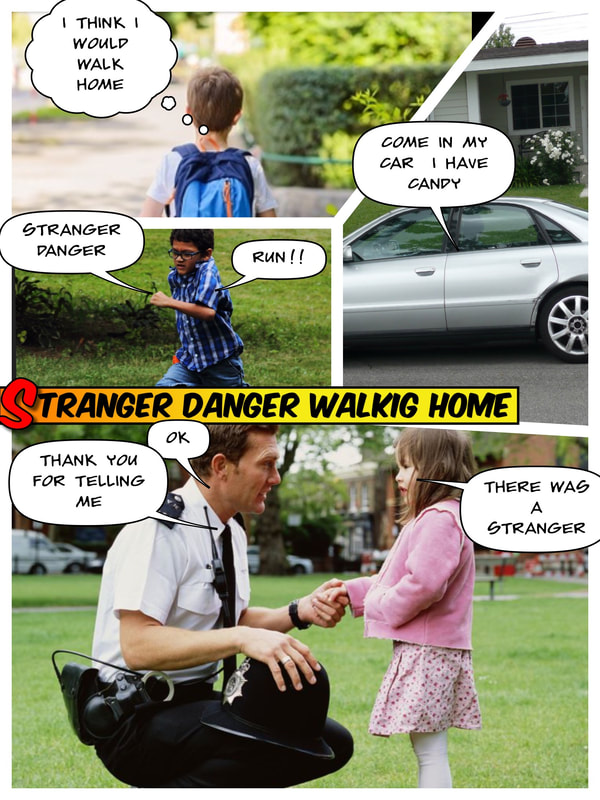
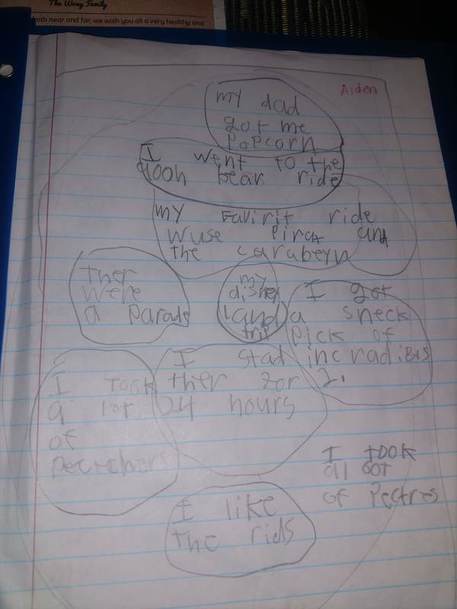
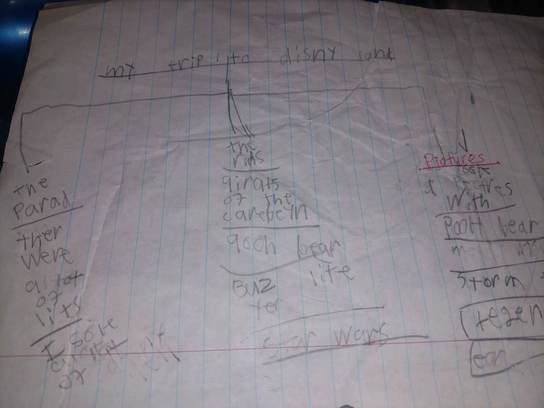
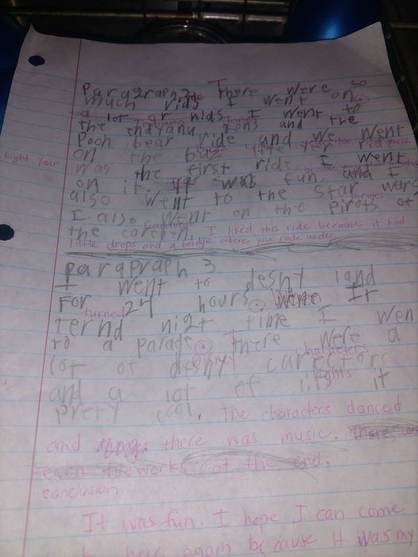
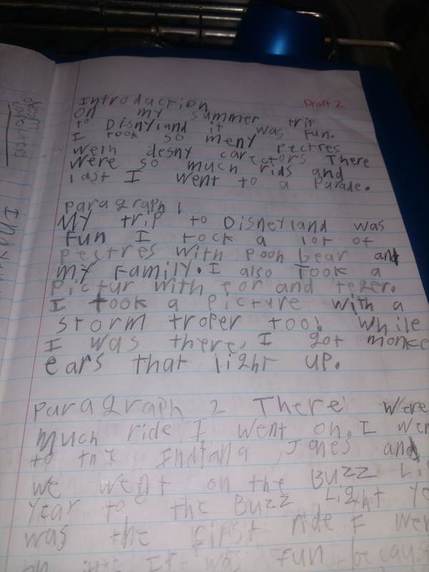
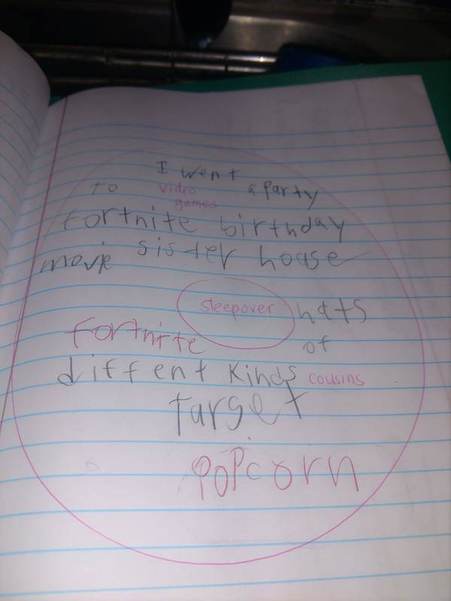
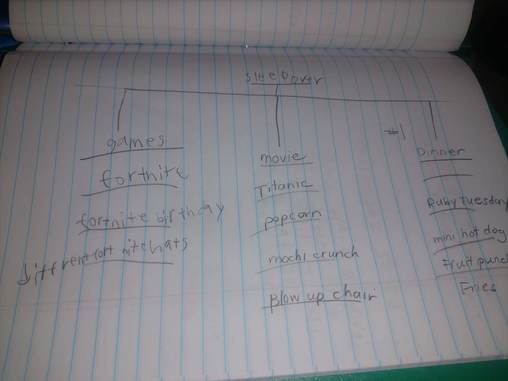
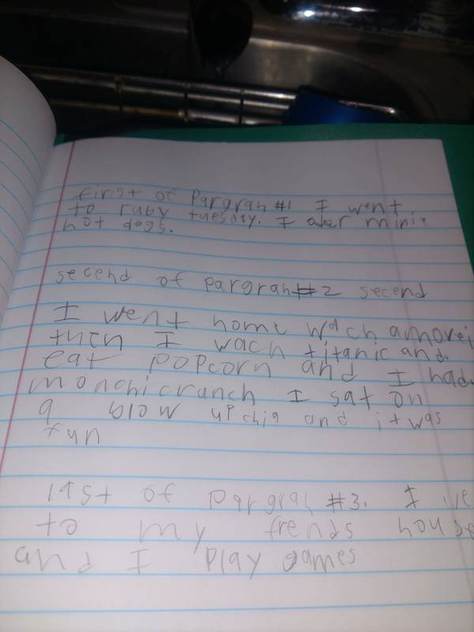
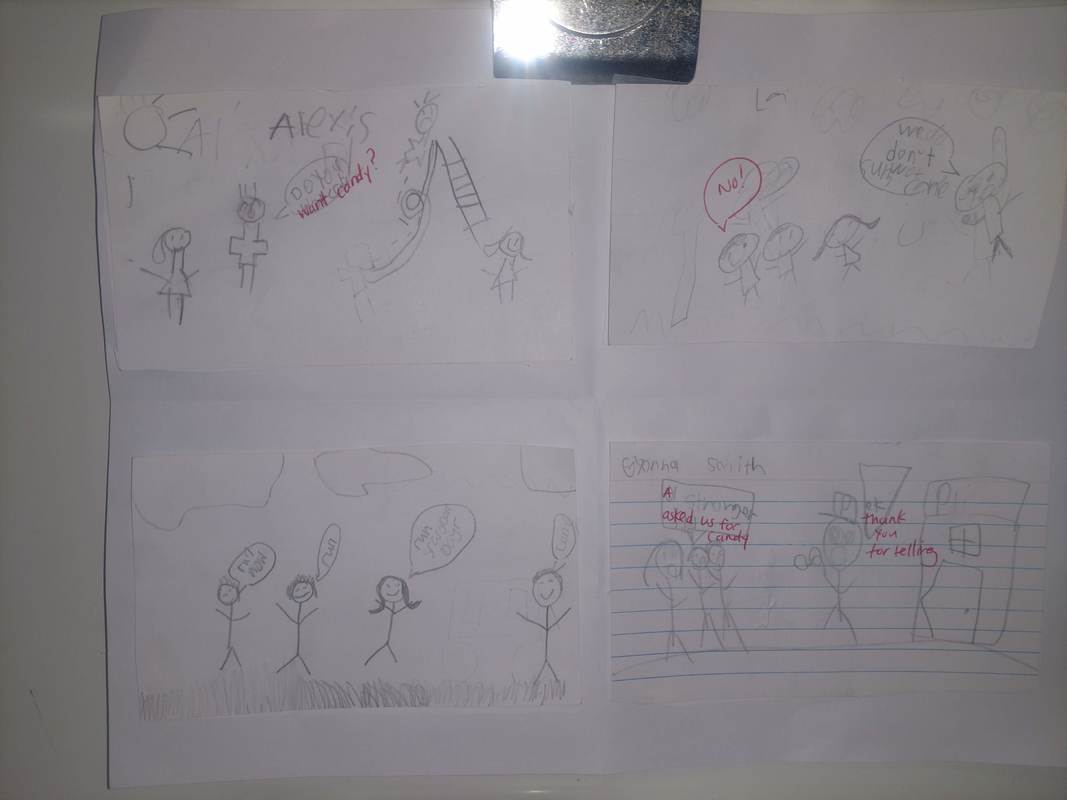
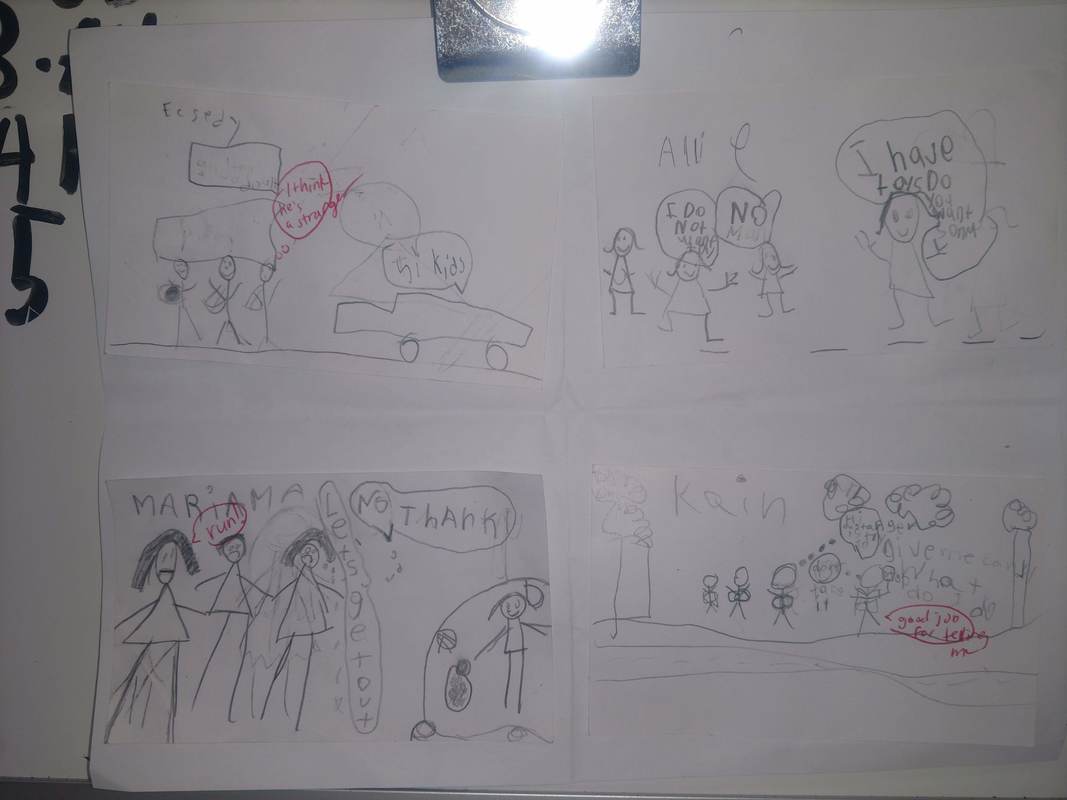
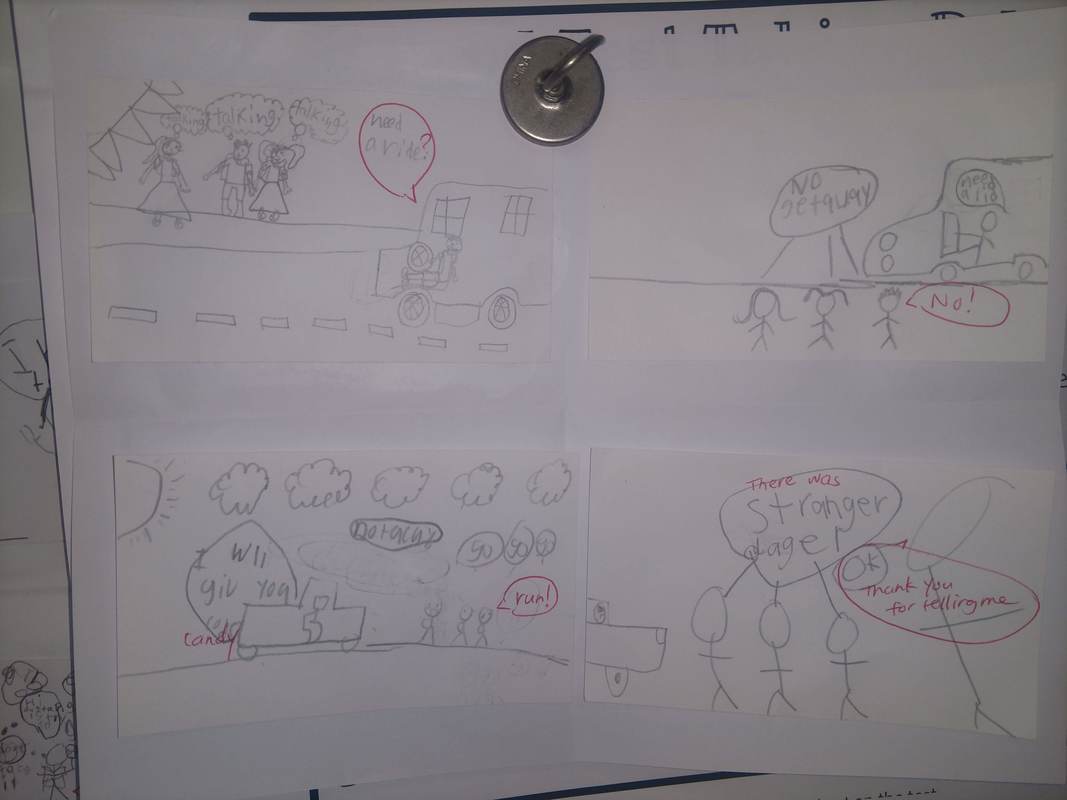
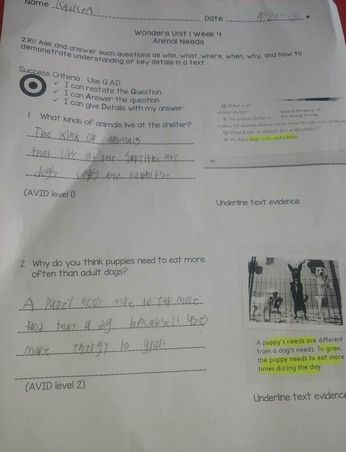
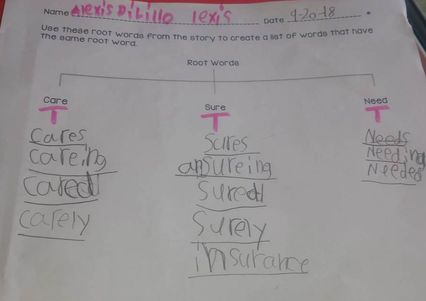
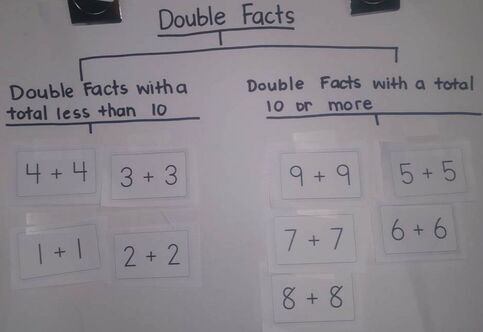
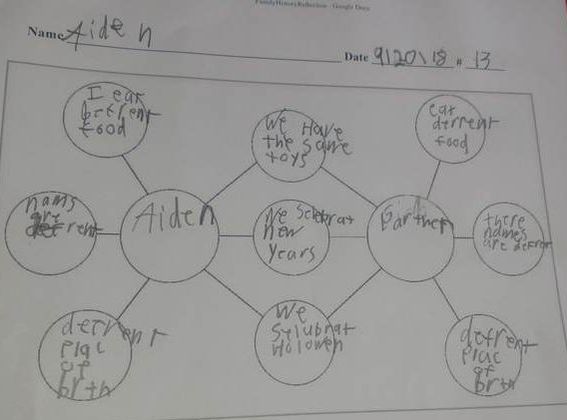
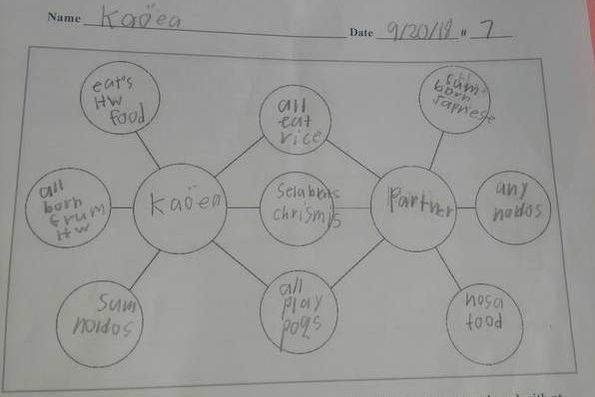
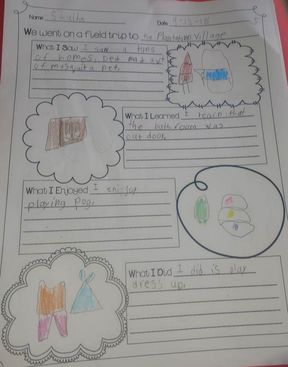
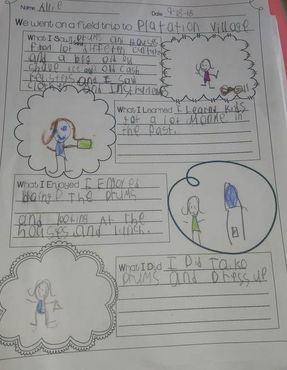
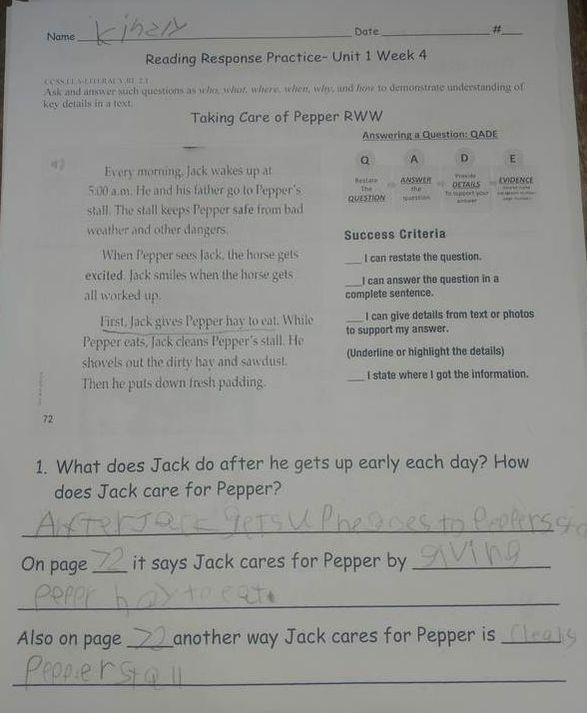
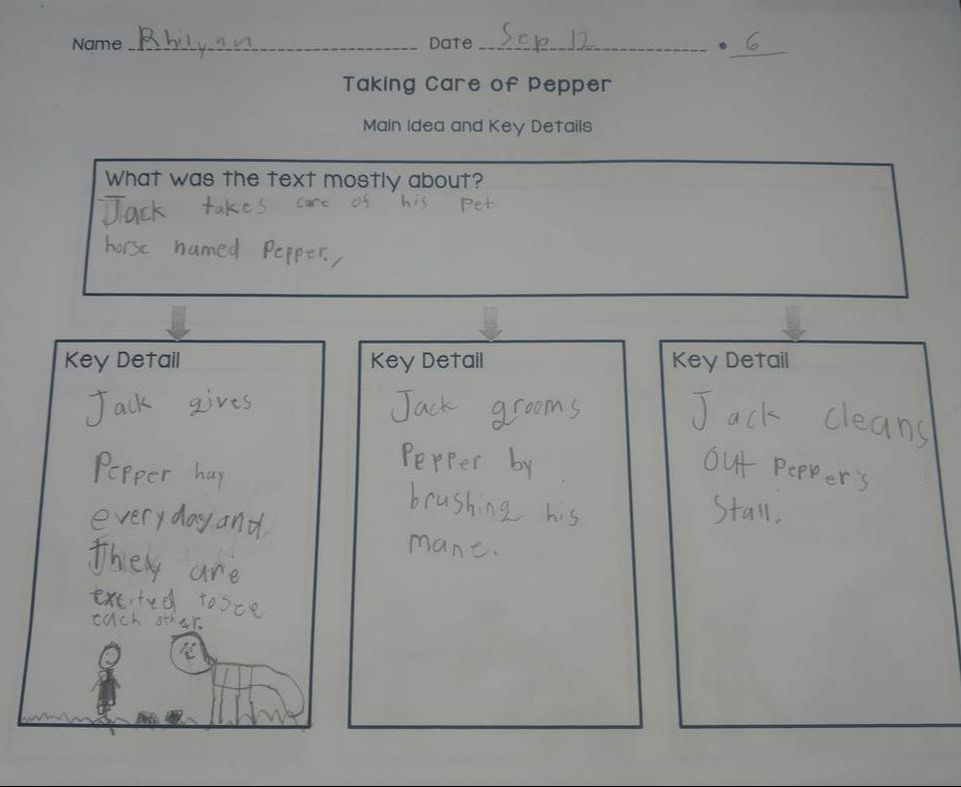
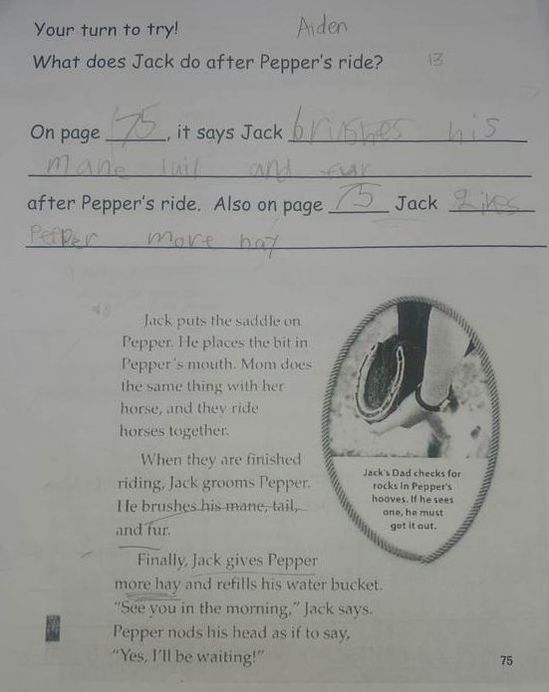
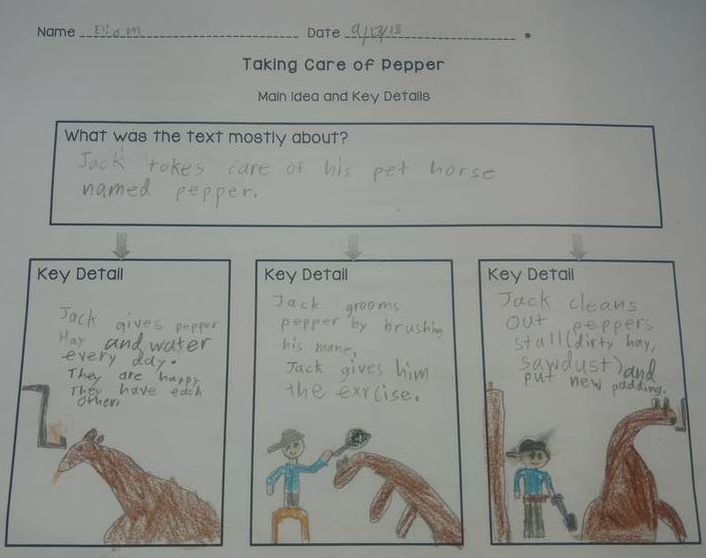
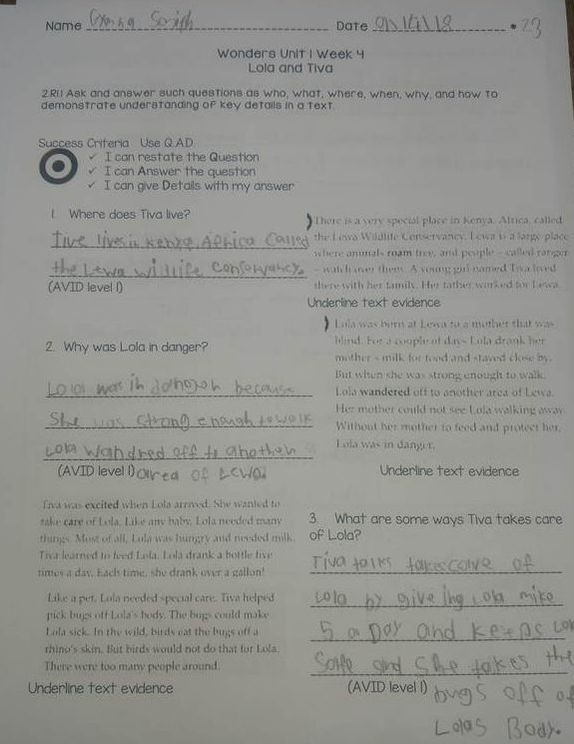
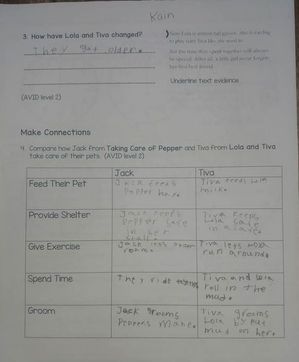
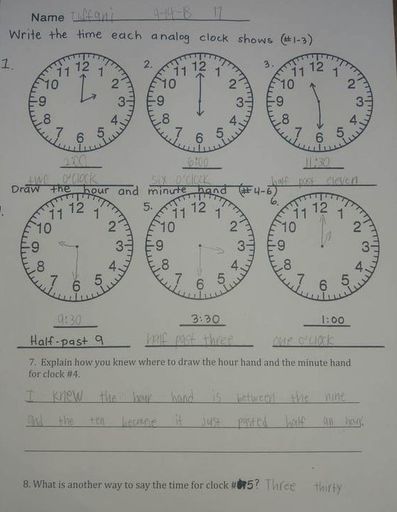
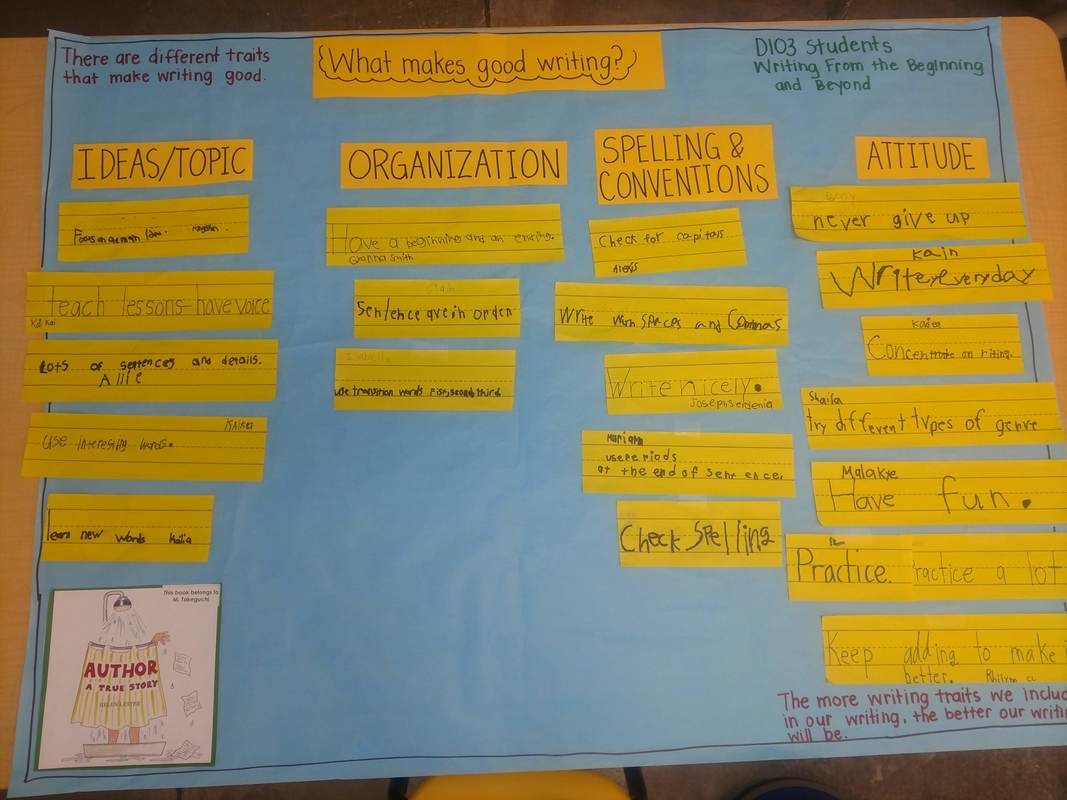
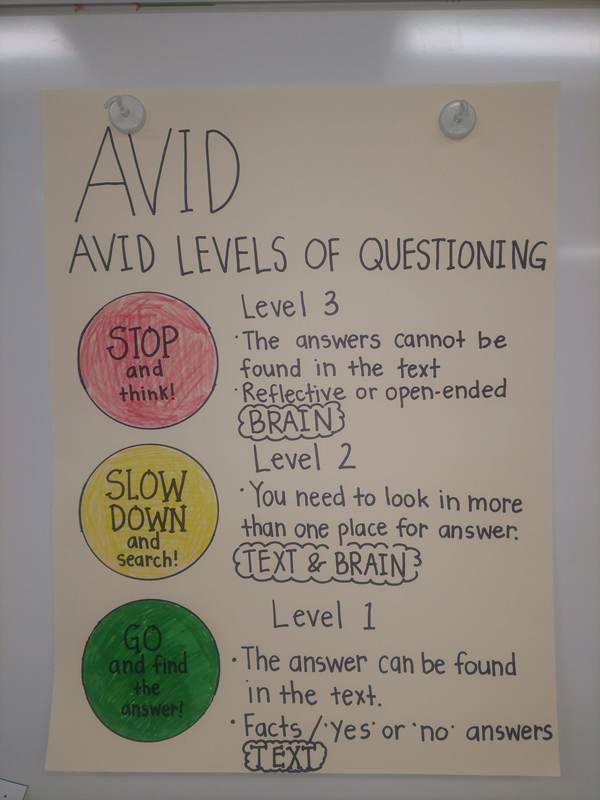
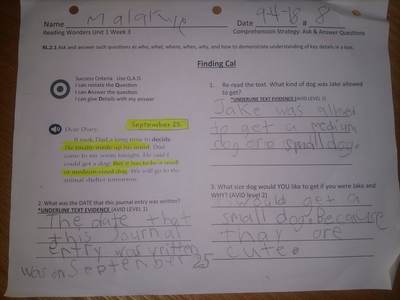
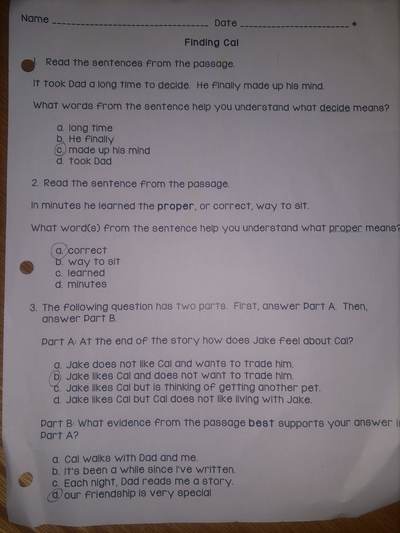
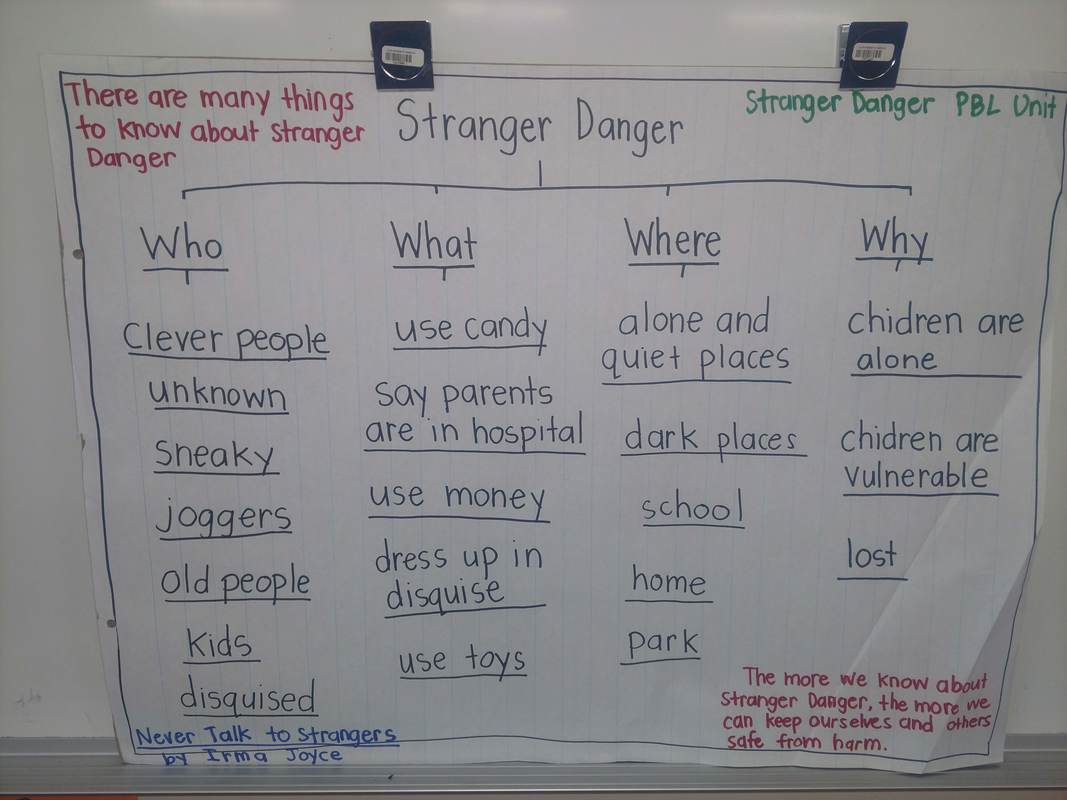
 RSS Feed
RSS Feed